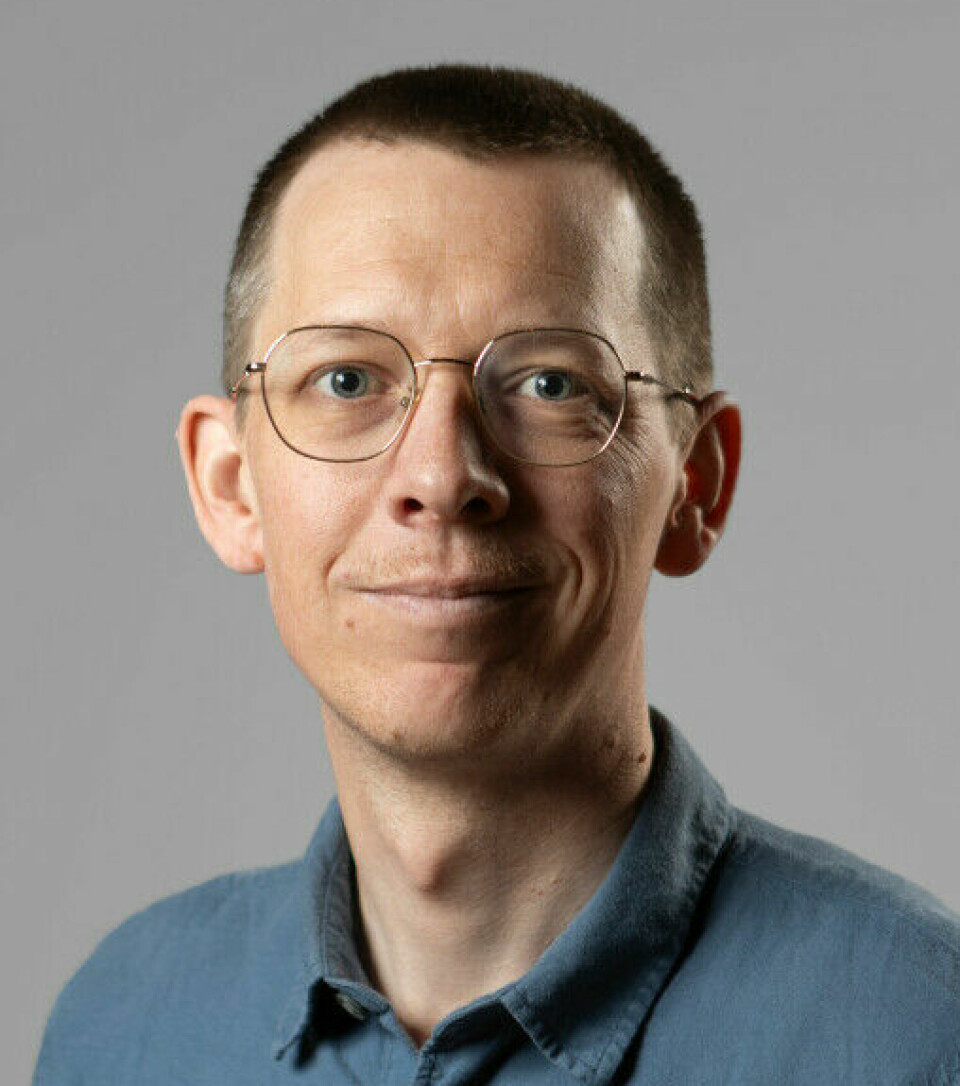
The world's first treatment using the gene-editing tool CRISPR has been approved
This gene-editing tool was developed a decade ago. It has now been authorised for use against two blood disorders in the UK.
British drug authorities have approved a treatment that uses the CRISPR gene-editing tool, which was reported by gov.uk, among others.
This thus becomes the world's first CRISPR therapy. The news is described as ‘a historic milestone’ in Nature.
The treatment, called Casgevy, can be used for the blood disorders sickle cell anaemia and beta thalassemias.
It is anticipated that the US Food and Drug Administration will also issue an approval in December.
Most viewed
No content
Eirik Joakim Tranvåg, a doctor and senior adviser at the Norwegian Biotechnology Advisory Board, finds the news exciting.
“This is very exciting, both for those who receive a new type of treatment for the disorders and more technically and regulatory because this is the first CRISPR therapy that has been approved,” he tells sciencenorway.no.
Earned a Nobel Prize
CRISPR is a way to edit genes, based on the discovery of a gene-scissor naturally present in the immune system of bacteria.
Emanuelle Charpentier and Jennifer Doudna received the Nobel Prize in Chemistry for demonstrating that this gene-scissor can be programmed to make changes in the DNA of any organism.
Since then, various types of CRISPR tools have been developed and are used in laboratories all over the world.
Hereditary diseases
CRISPR treatment has shown good results for the two blood disorders sickle cell anaemia and beta thalassemias.
Both are genetic diseases that affect haemoglobin, the substance that binds oxygen in red blood cells.
Both disorders cause low blood count. Sickle cell anaemia can cause severe pain, risk of damage to the organs, and early death.
They can manifest in children with parents who are carriers of the disease gene. There's a high prevalence of carriers in regions such as African countries, Mediterranean areas, the Middle East, India, and Southeast Asia.
The reason these gene errors exist there is believed to be because they reduce the risk of becoming sick or dying from malaria, according to the NHI (link in Norwegian).
“I was hurting everywhere my blood flowed”
The results from clinical trials of CRISPR therapy are discussed in Nature.
For sickle cell anaemia, 28 out of 29 patients no longer experienced episodes of severe pain one year after a single treatment.
The American woman Victoria Gray was the first patient to try the new treatment in 2019. She has previously shared her story. Gray repeatedly experienced pain, fatigue, and frequent hospital stays.
“I had aching pains, sharp pains, burning pains, you name it. That's all I've known my entire life. I was hurting everywhere my blood flowed,” Gray told NBC News in 2020.
Today, she is nearly symptom-free.
Clinical trials of the treatment for beta thalassemias show that 39 out of 42 patients no longer needed blood transfusions within a year. The rest required 70 per cent fewer blood transfusions than before.
It remains to be seen how long the treatment lasts.
Knocks out gene
The way the Casgevy treatment works is that blood stem cells are taken out of the patient's bone marrow, genetically edited, and put back.
It is not the actual genetic error that is corrected. Instead, another gene is switched off, which compensates for the error.
“CRISPR treatment knocks out a gene that naturally turns down the production of foetal haemoglobin,” Tranvåg explains.
In foetal life, there is a different type of haemoglobin molecule that binds oxygen in the red blood cells.
“It binds oxygen a bit stronger, for example, because it has to fetch oxygen from the mother's blood through the placenta and not from the lungs. When the child is born, a gene that blocks that function is activated. Then you start producing normal haemoglobin,” he says.
What CRISPR does is knock out the blockage on the foetal haemoglobin.

“Then it compensates for the damage to the normal haemoglobin. You avoid the damages, ailments, and symptoms that the diseases cause,” Tranvåg says.
Who gets access?
Tranvåg believes that the new treatment could mean a lot for people with the disorders, but not for everyone.
“The challenge is that it is likely to cost a double-digit of millions of Norwegian crowns, plus you need advanced hospital treatment, including harvesting the patient's blood stem cells. There’s quite extensive logistics needed,” he says.
“This will probably not be available to the majority of patients who have the disorder, those living in low-income countries in sub-Saharan Africa, in India, and other parts of the world where the disorders are most frequent.”
There are also quite a few people with the disorders in the UK and USA. There, many patients might receive treatment.
CRISPR treatment is expensive, like other gene therapies, and is expected to cost around NOK 22 million (2.1 million USD).
Several studies underway
In Norway, these disorders are quite rare. But there are patients who regularly receive treatment for these at all major hospitals in Norway, Tranvåg explains.
Will the approval be the starting signal for more CRISPR therapies?
“It’s natural to think that there will be more. There are many clinical trials underway. Then there are some that have progressed a bit further and have started the approval process,” he says.
“CRISPR technology is actually quite young. Even though CRISPR has existed in bacteria for millions of years, it’s only been ten years since the experiments were confirmed in the laboratory. That’s a relatively short time ago.”
———
Translated by Alette Bjordal Gjellesvik
Read the Norwegian version of this article on forskning.no
































